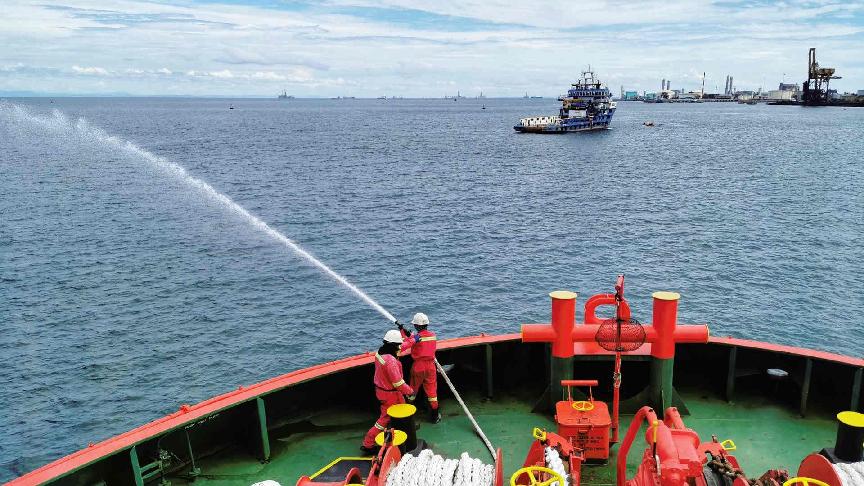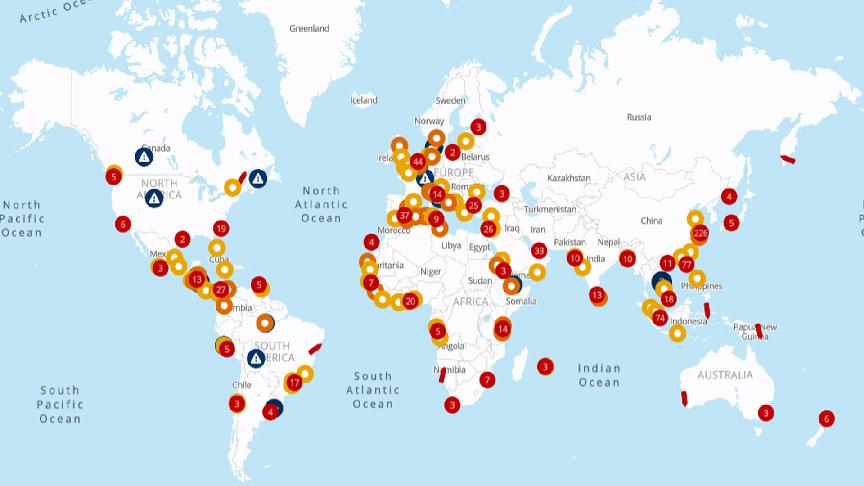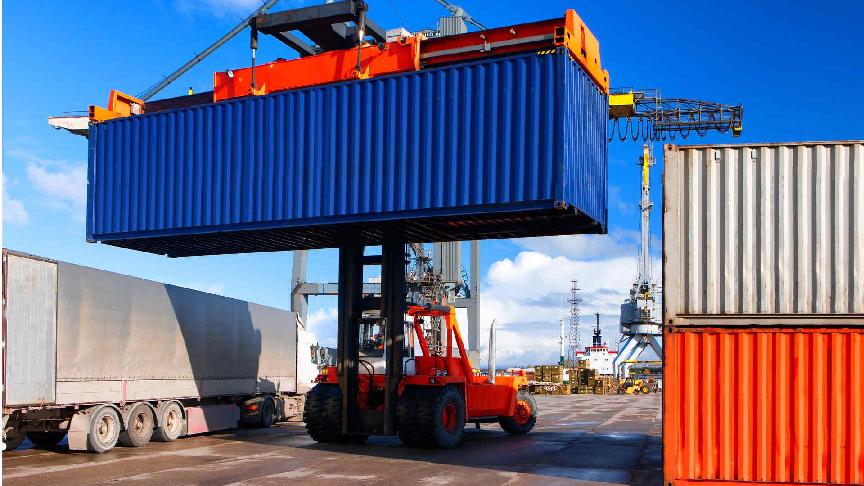by Manal Barakat, SeaNewsEditor
A Sea-Intelligence analysis highlighted a notable increase in the variability of weekly shipping capacity on major routes since 2020.
In its report, the maritime analysis firm examined the period between 2011 and 2025, focusing on variations in the size and number of ships departing weekly on the four largest routes from Asia to Europe and the US.
The firm found that capacity fluctuation was particularly evident between Asia and Europe.
Post-2020, the average variation in ship capacity on routes to Europe more than doubled compared to the pre-pandemic period.
On the Asia-North Europe route, the average volatility in vessel capacity between 2011 and 2019 was 12.3%. This average increased to 29.6% in 2021-2025.
A very similar trend was found for the Asia-Mediterranean trade.
"All in all, it can be seen that the volatility in capacity offered in weeks where there are actual sailings has more than doubled for both European trades compared to the pre-pandemic period," highlights the report.
European ports, already grappling with supply chain bottlenecks, congestion, and delays, find that inconsistent ship arrival times exacerbate these issues.
The analysis states, “There are many different reasons for the current congestion problems in Europe, but uneven cargo flows are one factor contributing to the problem.”
Although the Pacific routes also experienced significant week-to-week capacity variations, these were on a smaller scale.
The route from Asia to the US West Coast saw a 50% increase in average volatility, rising from 18.6% to 30.3%, while the route to the US East Coast increased from 21.9% to 32.5%.
The firm concludes that "cargo capacity is becoming more volatile from week to week," which means that ports often deal with cargo that does not arrive smoothly.
"This creates problems for port operations, as a port is designed to handle smooth flows," says the firm.






